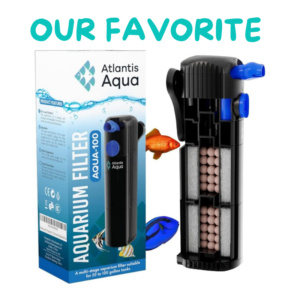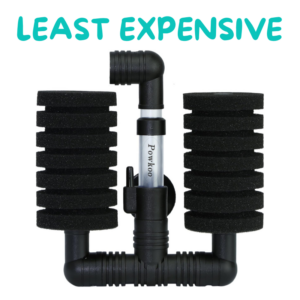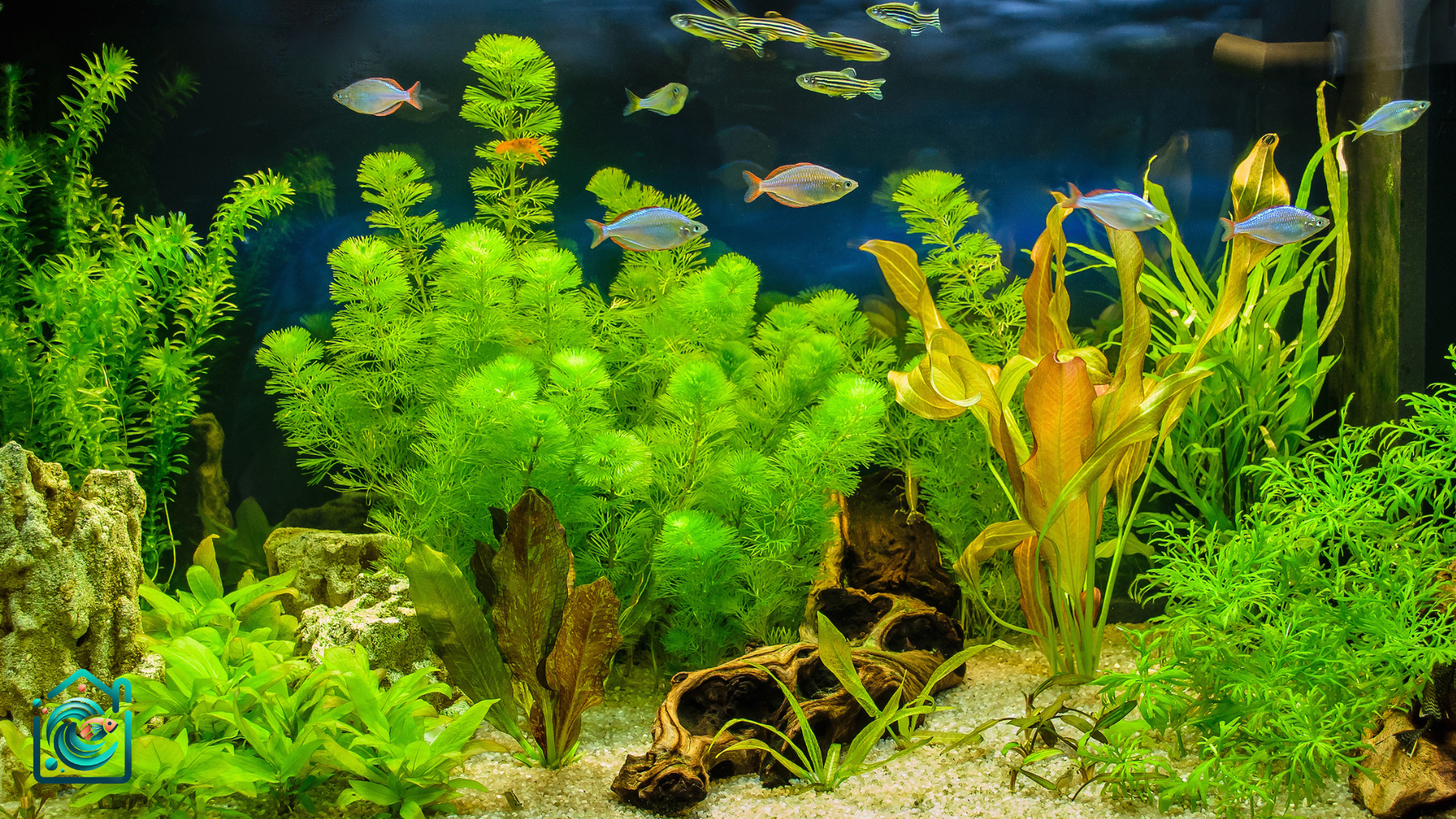
The aquarium in your home is more than just a decorative element; it’s a living ecosystem that requires attention and care.
At the heart of this ecosystem lies an essential component: the aquarium filter. This device plays a crucial role in maintaining water health and clarity, enabling your fish, plants and other aquatic inhabitants to thrive.
By filtering out waste, chemicals and unwanted particles, an aquarium filter ensures optimum water quality, essential for underwater life.
When we say “aquarium filter”, we’re talking about much more than a simple accessory; we’re talking about an investment in the durability and stability of your aquarium. A good filter doesn’t just keep the water clean, it actively contributes to the creation of a healthy, balanced aquatic environment.
Whether you’re an experienced aquarist or a beginner, understanding the importance of a proper aquarium filter is the first step in ensuring the well-being of your little corner of aquatic nature.
That’s what we’ll be looking at in this comprehensive guide.
What is an Aquarium Filter?
First and foremost, an aquarium filter is an indispensable device that ensures the cleanliness and balance of the water in an aquarium.
Its main function is to filter and purify the water, eliminating physical waste. The filter also serves to retain harmful chemicals and excess nutrients that can harm the health of the aquarium’s inhabitants.
There are three main types of filtration that any good aquarium filter should offer: mechanical, chemical and biological.
Mechanical filtration
Mechanical filtration removes visible physical particles, such as food debris and fish waste.
The biological filtration system
Finally, biological filtration relies on beneficial bacteria to transform toxic waste, such as ammonia, into less harmful substances.
Together, these three types of filtration work in synergy to maintain a clean, healthy aquatic environment, essential to the life of your fish and aquatic plants.
Chemical filtration
Chemical filtration uses substances such as activated carbon to remove dissolved toxins and odors.
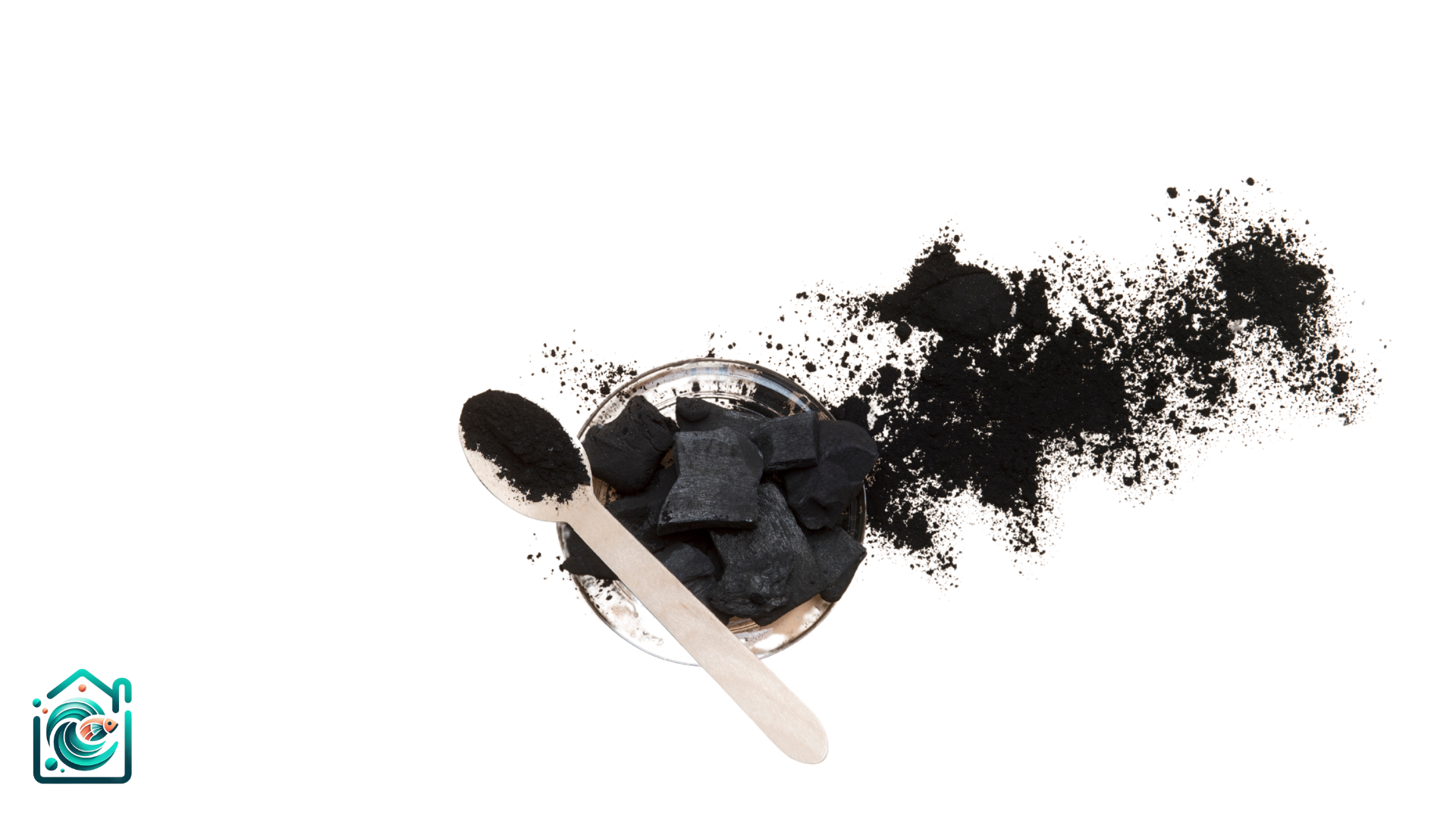
How do Aquarium Filters work and in what order?
Aquarium filters work by simulating the natural cleaning process found in aquatic ecosystems.
This process begins by drawing water from the aquarium through the filter.
In what order should the filter media be installed?
Once in the filter, the water first passes through mechanical filtration, where foam or sponge filters capture physical particles such as debris and excrement.
Next, it passes through the chemical filtration layer, often composed of activated carbon, which removes toxins, colorants and odors from the water.
Finally, the biological filtration stage comes into play: here, nitrifying bacteria, housed in specific supports such as ceramic beads, transform harmful substances such as ammonia into nitrites, then into less toxic nitrates.
This filtration process is vital not only to keep the water clear, but also to ensure a healthy environment for fish and plants.
Also, poorly filtered water can lead to the accumulation of toxins, affecting the health and well-being of the aquarium’s inhabitants.
So a good filtration system is essential to recreate a natural, healthy habitat for aquatic flora and fauna.
Choosing the right filter for your aquarium
Choosing the right filter for your aquarium is a decision that depends on several key factors.
First of all, the size of the filter in relation to the size of the aquarium is crucial: a filter that is too small will not be able to effectively clean the water in a large aquarium. Conversely, a filter that is too powerful can create currents that are too strong for a small aquarium.
Secondly, the type of fish you have will influence your choice of filter. Some fish, like bottom feeders, require gentler filtration. Others, like the African fish of Lake Malawi, may require more rigorous filtration to keep the water clean.
Finally, your budget will also play a role in your choice. A wide variety of filters are available, from economical internal models to more sophisticated and expensive external systems.
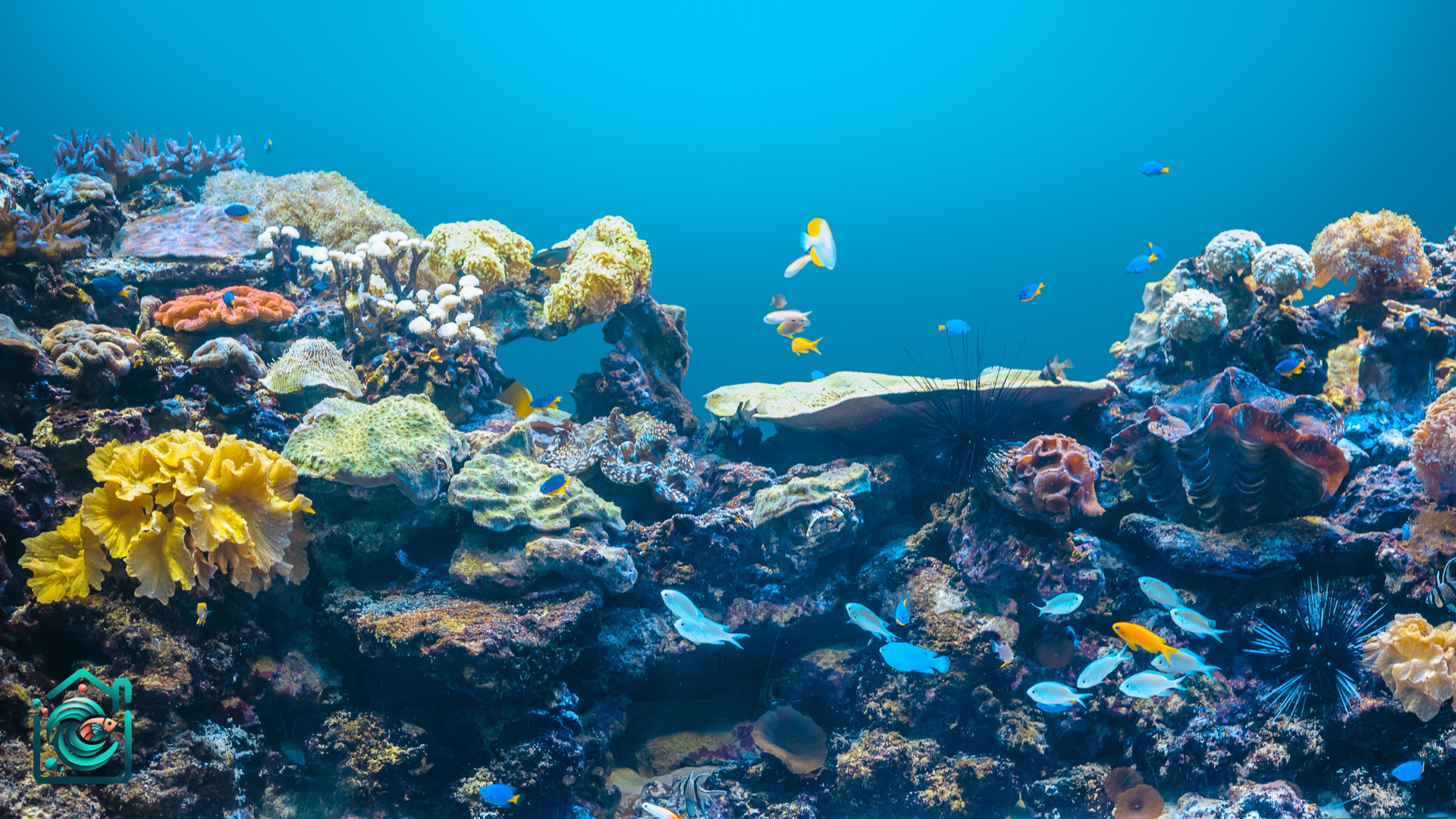
Internal and external filters
Internal filters, generally less expensive, are suitable for small aquariums and are easy to install, but may be less effective for large volumes of water.
External filters, although more expensive, offer better filtration and are ideal for medium to large aquariums.
To help you choose the right filter for your aquarium, we recommend the following checklist
- Aquarium size,
- Fish species
- Budget
This will enable you to choose the filter best suited to your aquarium, ensuring the health and well-being of its inhabitants.
However, to save you time, we’ve put together a selection of the best filters for your needs.
The best aquarium filters for 15 Gallons
Here is our selection of aquarium filters for 15 Gallons:
Internal vs. external pump filters
When it comes to choosing between an internal and external filter for your aquarium, it’s important to understand the advantages and disadvantages of each type.
The advantages and disadvantages of internal filters
Internal filters are generally more compact and easier to install, making them ideal for small aquariums or those with limited space.
However, they are less expensive and ideal for beginners or aquarists on a tight budget.
However, their filtration capacity is often lower than that of external filters, and they may require more frequent cleaning.
Advantages and disadvantages of internal filters
On the other hand, external filters offer superior filtration power and are more suitable for medium to large aquariums.
They allow a greater variety of filter media and require less regular maintenance.
Although more expensive and requiring more space for installation, external filters are excellent for maintaining crystal-clear water and a healthy environment for more demanding fish and aquatic plants.
In summary, internal filters are recommended for small aquariums under 25 gallon and beginners.
External filters are more suitable for larger aquariums.

